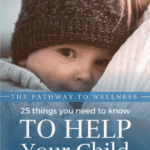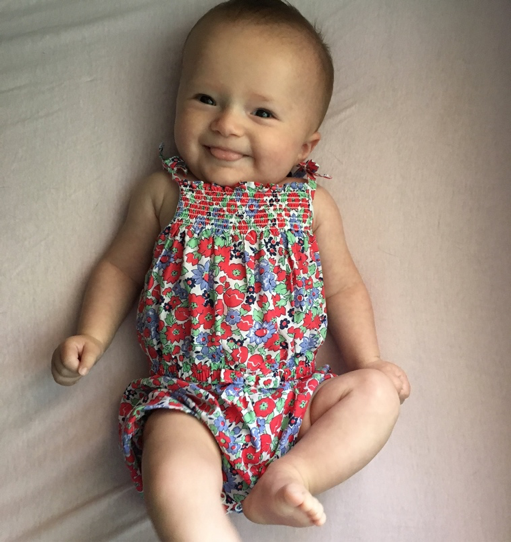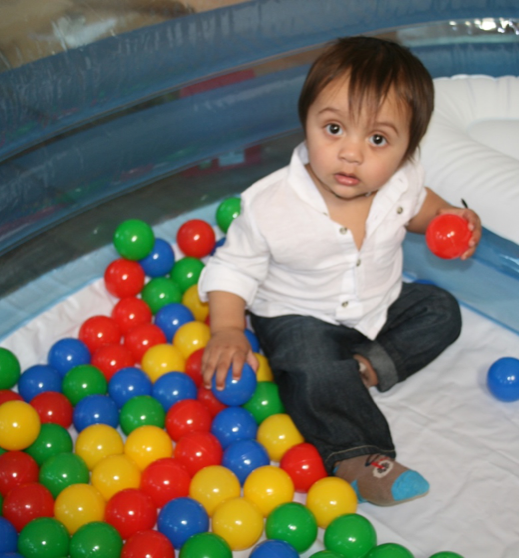Learning Problems, Attention Deficit Disorder and Attention Deficit Hyperactivity Disorder
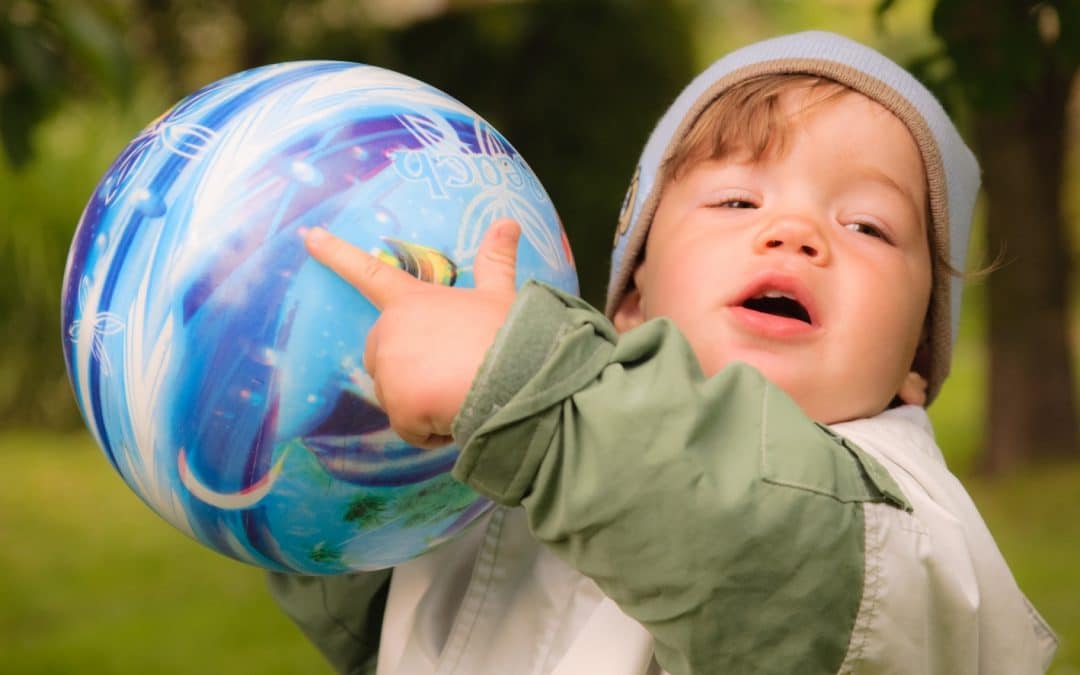
Everyone knows someone who has a child with a problem. Parents who have a child with a learning problem are desperate for information. When a parent of a child with a learning problem contacts The Institutes, the questions he or she asks are usually the same ones that are asked over and over again. We have chosen some of the most common questions and their answers in the hope that the parents of theses children can learn more about the brain and the most effective means of treating the brain.
My son has been labeled everything from “hyperactive” and “learning disabled” to “above average but unable to read.” This is all very confusing. He is a wonderful kid but he does have real problems. What does it all mean?
Brain-injured children have been given literally hundreds of labels that describe their symptoms but do not identify the cause of the problems they are having. When treatment or therapy is prescribed, it is also directed at symptoms and therefore does not solve the problem. These are all symptoms of brain injury. When a good brain is mildly or moderately injured, the result can be mild to severe learning problems. These are neurological problems that can only be solved with a good neurological treatment program that is directed at the brain itself A proper diagnosis for such a child is “brain-injured,” not a label that describes one of his many symptoms.
No one has ever said my child was brain-injured. He has been tested repeatedly and everything comes up normal on brain scans, genetic screenings, etc. When and how does such a brain injury occur?
No matter where the path begins that may ultimately lead to a brain injury, the most common end result is a decrease of oxygen to the brain. This can occur from any number of traumatic events during pregnancy, delivery, or through illness or injury during childhood. The developmental histories of children with learning problems show babies who were premature or postmature with delayed or prolonged labors, to children who experienced high fevers or falls during their infancy. Sometimes, the cause of injury is painfully obvious and at other times (especially when it occurs in utero) it may be more difficult to discover. Brain scans are a wonderful tool to locate tumors or cysts or other gross abnormalities, but they do not give a complete picture of the brain and how it is functioning. There are many brain-injured children with very serious problems whose brain scans look relatively normal.
Doesn’t the term “brain-injured” refer to children who are mentally retarded or physically disabled? What does that have to do with my bright and active child who is having problems in school?
Brain injury is a matter of degree in all human beings. A child who is severely brain-injured may have significant problems both intellectually and physically. In fact, a child who is only mildly brain-injured may also have coordination problems and learning problems, but these problems will be to a much milder degree. Such a child may appear to be as capable as the next child, but he cannot actually perform as well in life even though he is trying very hard to keep up with his peers.
Both the severe child and the mild child are brain-injured, but neither child is hopeless. Both need an effective neurological program to treat the brain.
Brain development can be slowed or even stopped by brain-injury, but it also can be speeded by stimulation so that the child can catch up to his well peers. All of us are on a continuum of brain function, beginning with the baby who is just developing and proceeding to a mature adult who continues to experience brain growth and development until death. We proceed up this continuum of neurological development at varying rates of speed, depending on how much or how little stimulation we receive. We can also move down this continuum at any point if our brain is injured through trauma or illness.
CLICK HERE to learn more about getting your child on an effective treatment program.
Learn More About the “What To Do About Your Brain-Injured Child Course”
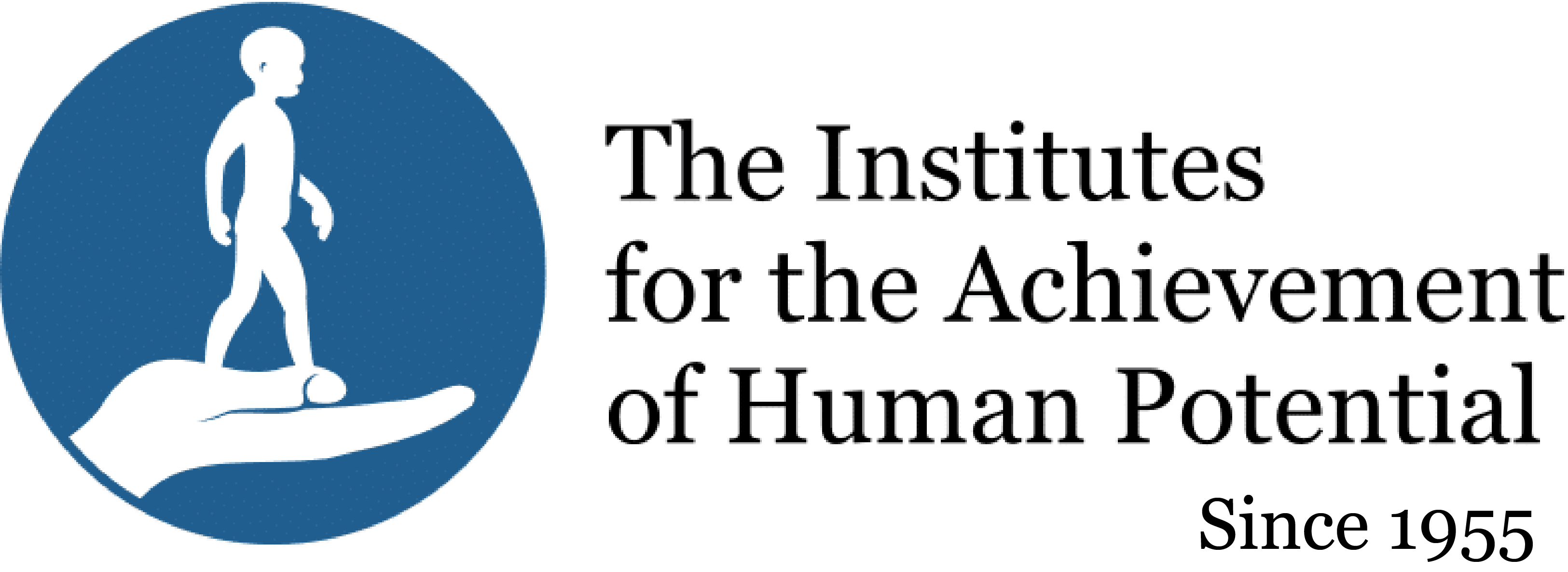
 Donate
Donate


